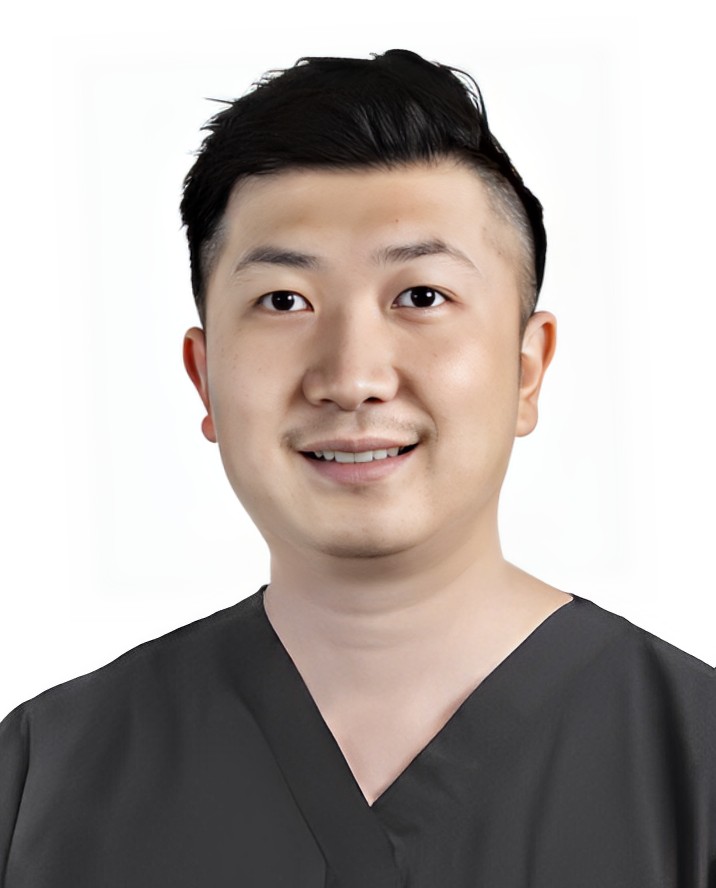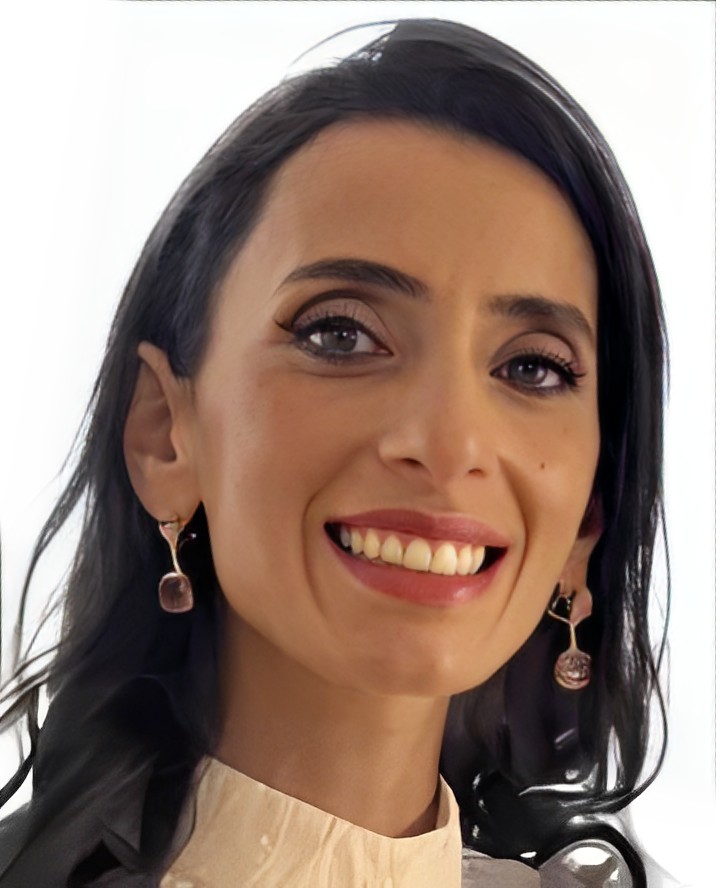Hair Loss
Medically known as alopecia, hair loss, such as shedding of hair, thinning of hair and baldness, is very common amongst both men and women. Patients may lose hair gradually or suddenly. The latter can be very depressing for patients.
What is the cause of Hair Loss?
- Hairloss affects 90% of men and 50% of women in their lifetimes
- Often it is a genetic predisposition
- But sometimes it is caused by other factors including stress , hormones or biochemical
abnormalities - Hair loss if often progressive
- If treated early it is highly likely to plateau regression and even reverse the hair loss to a degree
- The 2 most common causes of hair loss are:
- Androgenetic Alopecia
- Telogen Effluvium
What is the cause of Hair Loss?
- Hairloss affects 90% of men and 50% of women in their lifetimes
- Often it is a genetic predisposition
- But sometimes it is caused by other factors including stress , hormones or biochemical
abnormalities - Hair loss if often progressive
- If treated early it is highly likely to plateau regression and even reverse the hair loss to a degree
- The 2 most common causes of hair loss are:
- Androgenetic Alopecia
- Telogen Effluvium

- Male pattern hair loss is an inherited condition, caused by a genetically determined sensitivity to the effects of dihydrotestosterone (DHT) in some areas of the scalp. DHT is believed to shorten the growth, or anagen, phase of the hair cycle, from a usual duration of 3–6 years to just weeks or months. This occurs together with miniaturisation of the follicles and progressively produces fewer and finer hairs. The production of DHT is regulated by an enzyme called 5-alpha reductase.
- Several genes are involved, accounting for differing age of onset, progression, pattern and severity of hair loss in family members. The susceptibility genes are inherited from both mother and father.
- treatment usually involves taking medications that have been used for many years all over the world
- They can be up to 98% effective at arresting further hairloss is commenced early enough.
- Hair regrowth is often possible
- Non medical treatments also exist
- Low Level Laser therapy
- PRP – Platelets Rich Plasma
- Non ablative lasers with or without growth factors

- The mainstay of treatment is usually medication
- 1 tablet to arrest hair miniaturization
- 1 tablet to prolong anagen or the growth phase
- A healthy scalp is encouraged
- Other treatments include
- PRP – platelet rich plasma
- Laser with or without growth factors
The Hair Loss Doctors

All hair follicles are replaced at different rates by the normal process of hair cycling. Hair growth alternates between phases of activity and rest. The growth period, called the anagen phase, lasts for two to six years. During this time, the follicle is long and deep and produces thick, well-pigmented hair. About 90% of all scalp hairs are in the anagen phase at a given time.
Anagen is followed by a brief transition phase known as the catagen phase, which lasts 1–2 weeks. During this time, the base of the follicle shrivels. The resting period, or telogen phase, follows catagen and lasts for three months. In this phase, the shrunken follicle retains the hair fibre. Following the telogen phase, the next anagen phase begins, and the old hair is dislodged and falls out to make room for new hair to begin growing in its place.
Telogen effluvium is the name for a common cause of temporary hair loss due to the excessive shedding of resting or telogen hair after some shock to the system. New hair continues to grow. Telogen hair is also known as a club hair due to the shape of the root.
Acute telogen effluvium can affect people of all age groups and both sexes. Chronic telogen effluvium with no clear precipitating cause tends to present in otherwise healthy women 30–60 years of age.
In a normal healthy person’s scalp, about 85% of the hair follicles are actively growing hair (anagen hair) and about 15% are resting hair (telogen hair). A few hairs may also be in catagen. A hair follicle usually grows anagen hair for 4 years or so, then rests for about 4 months. A new anagen hair begins to grow under the resting telogen hair and pushes it out.
Thus, it is normal to lose up to about 100 hairs a day on one’s comb, brush, in the basin or on the pillow, as a result of the normal scalp hair cycle.
If there is some shock to the system, as many as 70% of the anagen hairs can be precipitated into telogen, thus reversing the usual ratio. Typical triggers include:
- Childbirth: postpartumhair loss. This can resolve after a few months or transition into female pattern alopecia.
- Acute or chronic illness, especially if there is fever
- Surgical operation
- Accident
- Psychological stress
- Weight loss, unusual diet, or nutritional deficiency (eg, iron deficiency/)
- Certain medications
- Endocrinedisorders (eg, hypothyroidism, hyperthyroidism)
- Discontinuing the contraceptive pill
- Overseas travel resulting in jetlag
- Excessive sun exposure.
Telogen effluvium is a form of diffuse hair loss and can affect up to 50% of the scalp hair.
The resting scalp hairs remain firmly attached to the hair follicles at first. The new hairs coming up through the scalp push out the resting hairs and increased hair fall is noticed 2 to 4 months after the triggering event.
Thus, paradoxically, with this type of hair loss, hair fall is a sign of hair regrowth.
- As the hair fall tapers off, the scalp thickens back up to normal, but recovery may be incomplete in some cases.

- We have specific hardware and software that can take images of hairs in the scalp and analyses the hair and degree of hair loss.
- This is particularly helpful for females to determine the type and degree of hair loss
- Please book an appointment for a tricholab assessment one week prior to seeing the doctor for the consultation
- Blood tests will also be ordered to be done prior to the consultation
- Tricholab in men is probably only useful if the diagnosis is in doubt
- Females
- Please book a 30 minute tricholab appointment
- 1 week later please book a 30 minute appointment with a Dr who has an interest in hair loss
- Dr KD , SF , NK
- Males
- Please book an appointment with a Dr that has an interest in hair loss

FURTHER QUESTIONS
Medically known as alopecia, hair loss, such as shedding of hair, thinning of hair and baldness, is very common amongst both men and women. Patients may lose hair gradually or suddenly. The latter can be very depressing for patients.






